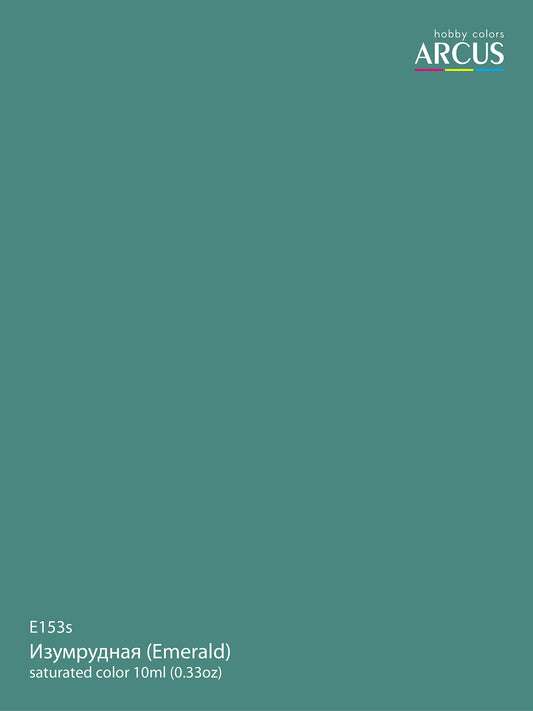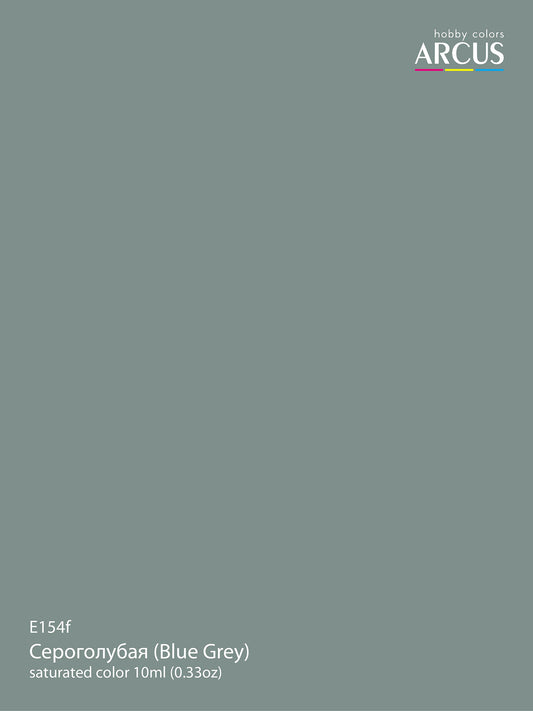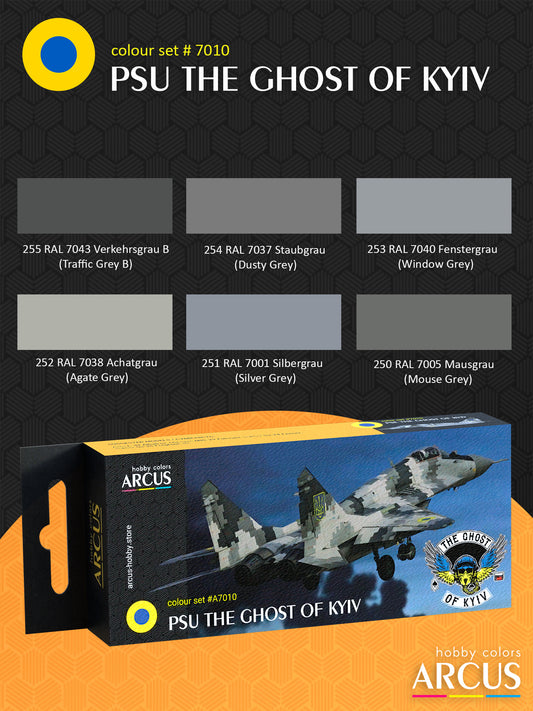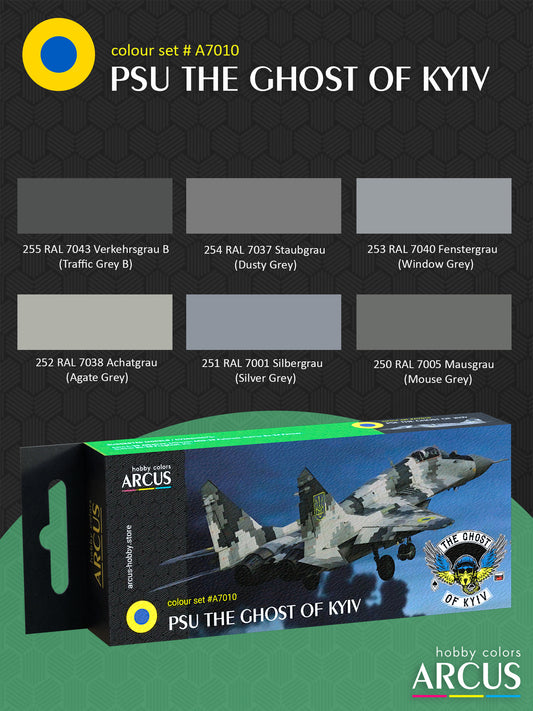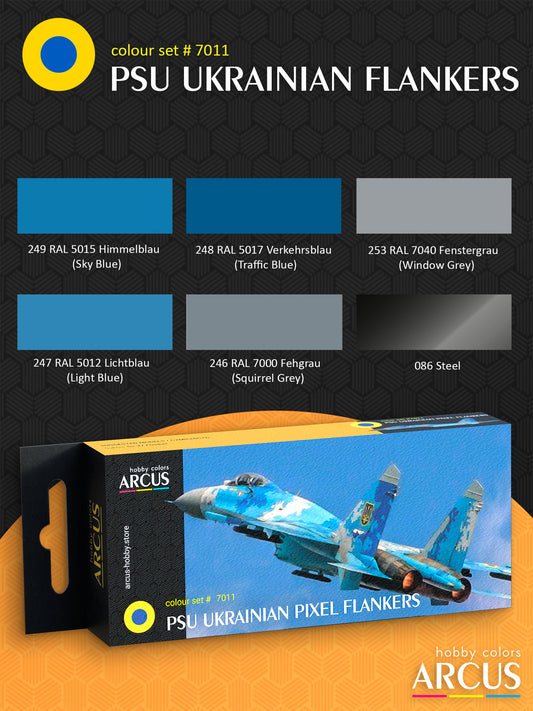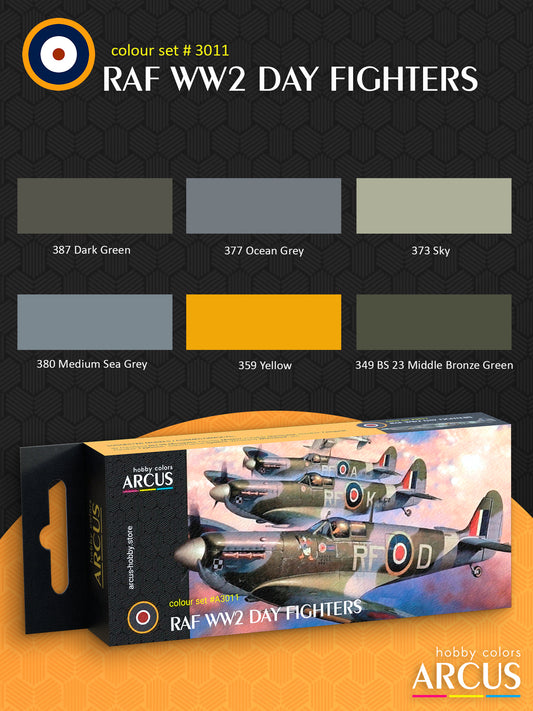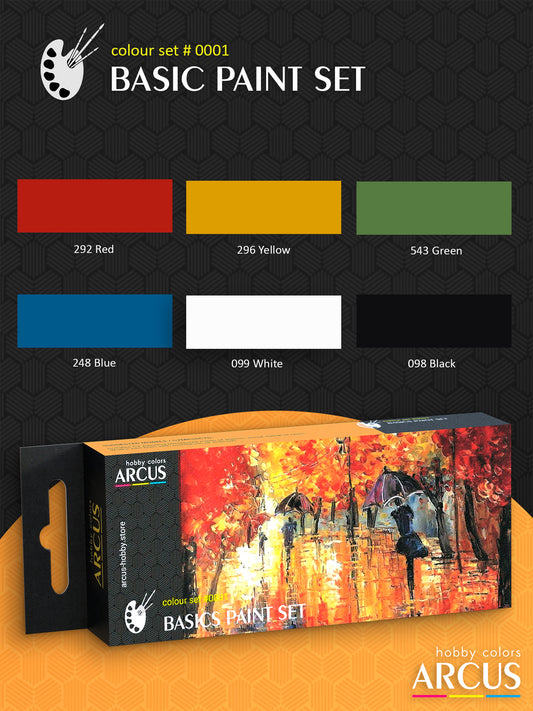At the time of the Soviet Union's collapse, the Soviet Air Force operated more than 6,000 aircraft, making it the largest air force in the world. It was officially established in 1946, following the restructuring of Red Army Aviation after World War II.
The Soviet Air Force wasn’t just a single cohesive unit; it included a range of specialized branches. These encompassed air defense forces, naval aviation, strategic missile forces aviation, airborne troops aviation, KGB border guard aviation, and space forces, reflecting the USSR’s broad military ambitions.
Soviet Aviation in Global Conflicts
After World War II, the Soviet Union remained a major player on the global stage, supporting socialist-aligned nations, while the United States backed democratic allies. This ideological rivalry led to the creation of NATO and the Warsaw Pact, sparking the Cold War, which defined the second half of the 20th century.
One of the first significant conflicts of the Cold War was the Korean War (1950–1953). Soviet-built MiG-15 jets (NATO: "Fagot") clashed with American F-86 Sabres in dramatic dogfights. Soviet pilots also encountered the Royal Air Force and the French Air Force during this period.
In the 1950s and 1960s, Soviet involvement in Vietnam highlighted their aviation capabilities. North Vietnam received nearly 300 aircraft, including fighters and bombers, which played a crucial role in countering U.S. air power.
The late 1950s marked the emergence of the second generation of supersonic jets in the Soviet Air Force. Aircraft such as the MiG-21 (NATO: "Fishbed"), Su-7 ("Fitter-A"), and Su-9 were introduced, along with the Tu-22 strategic bomber ("Blinder"), representing a significant leap in Soviet engineering.
By the 1960s, the USSR was developing third-generation aircraft. The MiG-25 interceptor ("Foxbat"), capable of Mach 3 speeds, became a symbol of Soviet technical prowess, alongside the versatile MiG-23 ("Flogger") and Su-17 ("Fitter") with variable-sweep wings.
The early 1980s brought the arrival of fourth-generation fighters like the MiG-29 ("Fulcrum"), MiG-31 ("Foxhound"), and Su-27 ("Flanker"). Attack aircraft such as the Su-25 ("Frogfoot") and Su-24 ("Fencer") also played key roles. Among strategic bombers, the supersonic Tu-160 ("Blackjack"), often referred to as the "White Swan," stood out for its size and speed.
During the Soviet-Afghan War (1979–1989), the Air Force tested its capabilities in mountainous terrain, supporting ground troops against guerrilla forces. Soviet aircraft were also deployed in proxy conflicts across Africa in the 1970s and 1980s, such as the Ogaden War and the Angolan Civil War, providing both equipment and advisors to allied nations.
By the late 1980s, plans for a fifth-generation fighter were underway but were ultimately derailed by economic difficulties and the Soviet Union's collapse in 1991. Many of the aircraft inherited by newly independent states remain in service, testament to the engineering and legacy of Soviet aviation.
Which Countries Used Soviet Aircraft Colors?
The Soviet Union shared its aviation technology widely with socialist-aligned countries. Nations like Cuba, North Korea, Vietnam, and Angola often kept the original Soviet camouflage on their aircraft. These planes were a common sight in the Warsaw Pact air forces, which included countries like Czechoslovakia, East Germany, Hungary, Poland, Romania, Bulgaria, and Albania.
After the USSR collapsed, many of its aircraft were inherited by newly independent states such as Russia, Ukraine, Belarus, Kazakhstan, Armenia, Georgia, Azerbaijan, and Moldova. While these nations created their own camouflage patterns to suit local environments, interior components—like cockpits, landing gear, and engine compartments—often retained the original Soviet standard colors.
Soviet Camouflage During the Cold War
After World War II, camouflage became less important for Soviet aircraft as the focus shifted to performance—speed, range, climb rate, and maximum altitude. By the late 1940s, matte camouflage was largely abandoned because it hindered aerodynamic efficiency. Aircraft surfaces were often coated with aluminum lacquer or left bare metal.
However, the Soviet-Afghan War reignited the need for camouflage. To blend into desert landscapes, aircraft like the MiG-21, Su-17, Su-22, and Su-25 were painted with green, brown, and sand-colored patches on their upper surfaces, while the undersides were painted sky blue. Reconnaissance planes, such as the MiG-23, often used solid gray finishes for a more versatile look.
By the 1980s, as newer planes like the MiG-29 and Su-27 entered service, Soviet aviation adopted modern camouflage schemes. The MiG-29 sported a gray-green camouflage pattern, while the Su-27 was known for its distinctive light blue color that stood out at model shows.
Color Standards in Soviet Aviation
During World War II, the Soviet Union identified its aircraft colors using numeric codes like AMT-4 (АМТ-4). After the war, the system changed to describe the type of paint rather than its color. For instance, AS-1115 (АС-1115) referred to the coating type, while the colors were described as "emerald green (изумрудный)," "sand (песочный)," or "brown (коричневый)." This simplified manufacturing but required strict adherence to military guidelines to maintain uniformity.
Soviet camouflage patterns were designed for diverse environments, from Central Europe to the Middle East, Africa, Asia, and Latin America. These schemes helped reduce the visibility of aircraft during missions, a practical feature that modelers can replicate when creating historically accurate displays.

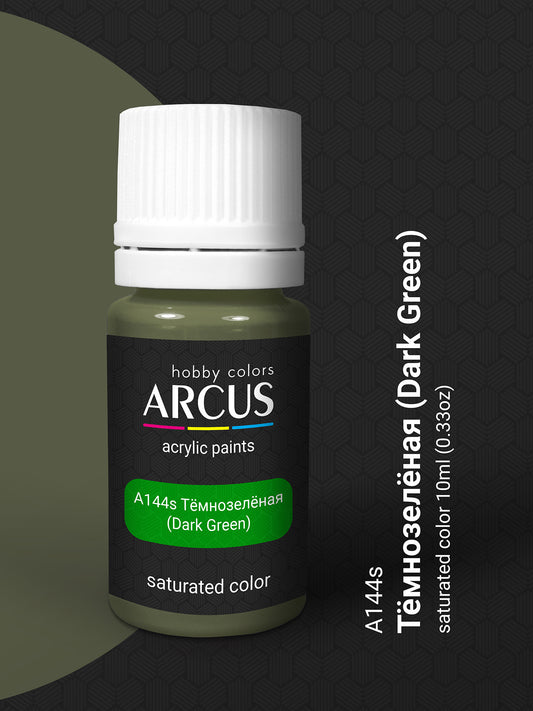 SaleVendor:Arcus HobbyRegular price $1.69 USDRegular priceUnit price per
SaleVendor:Arcus HobbyRegular price $1.69 USDRegular priceUnit price per






